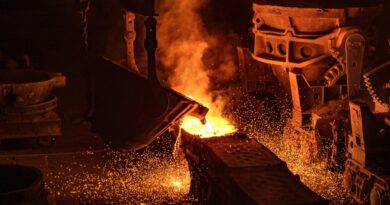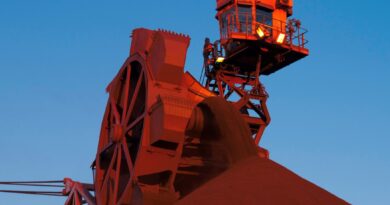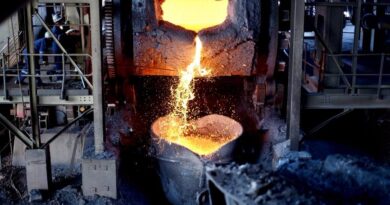AMSA: SA steel consumption for H1 2022 decreased by 14%
Global crude steel production decreased to 949 million tonnes due largely to plant idling because of pandemic-related lockdowns, high inventories and weak order levels in China. This performance is 54 million tonnes (or 5%) lower than the 2021 comparative period. Global crude steel production increased by 5% compared to the immediately preceding six months.
Turning to South Africa and the regional economy, the consensus GDP growth forecast for South Africa is 2,3% for 2022, and those for near- and Sub-Saharan African markets between 3,4% and 3,7% but with significant risk and the potential for downward revision.
In South Africa, apparent steel consumption (ASC) for the first half of 2022 decreased by 14% to 2,0 million tonnes, reflecting high market inventory levels; slowing market activity in key steel-consuming sectors(2); slow realisation of infrastructure projects; inflation and rising interest rates affecting disposable income in the retail sector. ASC decreased by 9% compared to 2,2 million in the immediately preceding six months.
The Company’s total sales volumes decreased by 8%, or 104 000 tonnes, to 1,2 million tonnes compared to the 2021 comparable period, due to a 10% fall in domestic sales to 1,0 million while exports increased by 12% to 137 000 tonnes. The regional mix of exports weakened as Africa Overland sales fell to 81 000 tonnes, being a decrease of 26%. Total sales volumes decrease by 4% compared to the immediately preceding six months.
The Company’s overall realised steel price in dollars increased by 23%. In rand terms, this represented a 30% increase as the average dollar/rand exchange rates weakened by 6%. Realised dollar steel prices increased by 7% compared to the immediately preceding six months, with rand prices up by 10% for the same period. This trend reflects the lag-effect of steel price movements which characterise the Company’s order intakes.
The higher international steel prices early in the year contributed to this improvement. By the same measure, when steel prices drop, the impact thereof is delayed in reflecting in the realised prices.
The Company is the only primary producer in South Africa which supports the downstream industry through a formal support programme. This industry support saw a 19% increase to R126 million in value added export and strategic rebate assistance.




